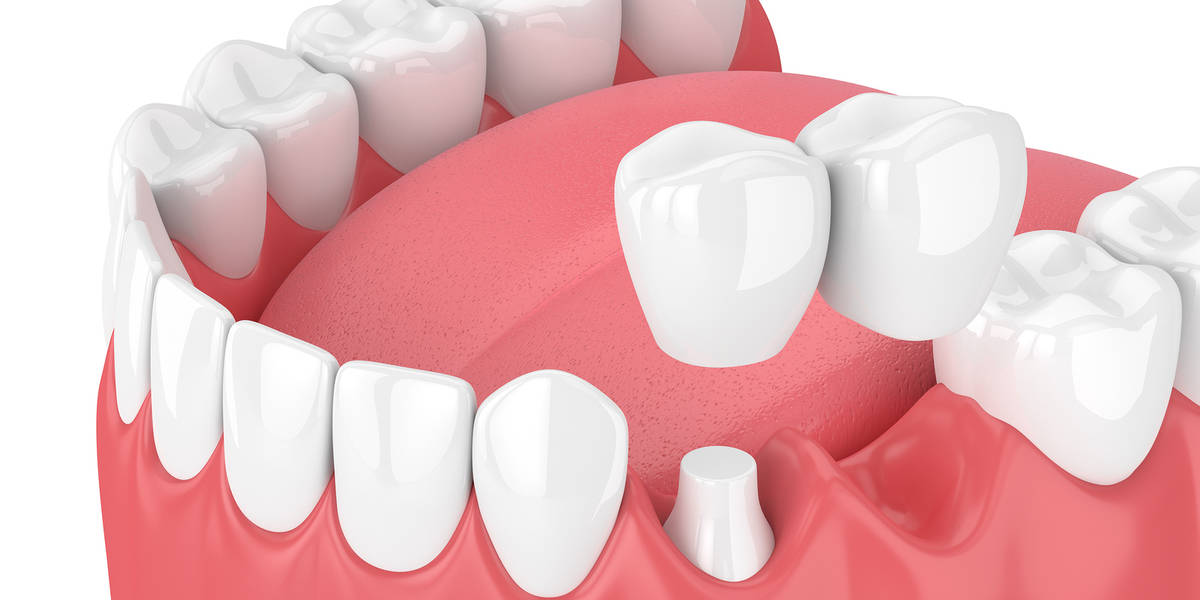
With the latest technologies in dentistry, it is easier now to restore missing teeth. There are quite plenty of options, and each matches your individual needs. When you say a solution to an avulsed tooth, there are implants. If you lost all of your teeth, dentures would save you. Furthermore, one of the best answers to replacing one or more neighbouring teeth is dental bridges.
Beneficial facts about dental bridges
Tooth bridges are a set of fake teeth attached to bridge each other in restoring missing teeth. The pontic, the fake middle tooth replaces the real missing tooth, is supported with crowns at both sides. Here are the most essential advantages of bridges that its users enjoy.
1. Restores not only one, but up to three missing teeth
Traditional bridges are very suitable for replacing one or more missing teeth. It can be made with up to three pontics in the middle, while two crowns support the dental appliance at both sides. The existing teeth on both sides are reshaped to become an abutment where the crowns will be securely placed. This way, you can ensure that your new teeth are durable and fit in its position.
2. Preserves your bone density
To preserve the jawbone, there must be constant stimulation from the chewing motion of the teeth. However, if the teeth are lost, this stimulation no longer reaches the jawbone and results in its deterioration. With tooth bridges, the stimulus and pressure are maintained. Among other advantages, this tooth restoration method also preserves the surrounding bones of the teeth.
3. Protects the alignment of your teeth
What comes with lost teeth is the risk of misalignment to the remaining bites. That’s because the existing teeth always automatically shift to the direction of the gap from the missing teeth. When this happens, there is only a few time before you develop more dental issues, from tooth decay to lisping. Teeth bridges quickly stop or prevent this from occurring once you see your dentist right away.
4. Can be used with implants for optimum durability
Dental implants are tiny metal posts that dentists use to replace a missing tooth. It is inserted in the jawbone to provide a sturdy foundation for the crown. Fortunately, bridges can also take advantage of the benefits of implants. Instead of abutments, implants may be used in place for a durable and secure hold of the new bites.
5. Gives you a natural, youthful look
Some dental cosmetic options may provide you results but, not the quality you need. With bridges, you can maintain a youthful appearance as crowns look like natural teeth. Most dental crowns are made of ceramics, a material that could imitate a tooth’s natural shape and colour. So, if you aim for functions as the same time aesthetic, ask your dentist if you’re suitable for bridges.
6. Returns your appetite for your favourite food
Unlike removable dentures, fixed bridges stay in place. No matter what you do, rest assure that bridges will not let you down. You can go back to enjoying the food that you love, including chips and candies. You no longer need to be too reserved at parties or family gatherings with the thought that you possess a strong, beautiful smile.
7. Lasts for decades
As most dental prostheses, dental bridges could give you lasting support. For as long as you practice great oral hygiene and visit your dentist regularly, your teeth will stay in optimal shape. Fortunately, it’s not too difficult to maintain bridges. So far, brushing and flossing them just as you would normally do with the rest of your teeth keep bridges in tip-top condition.
The takeaway
Indeed, dental bridges have a lot to offer. It’s one of the best options you can choose to bring back that hidden smile. With the mechanism of bridges, it is best for patients who lost one or more neighbouring teeth. A fixed bridge is a permanent solution, although you can also opt for removal bridges or partial dentures.
Traditional bridges are generally made of the pontic in between, with the crowns at each side as its support. There are other types of bridges available to meet your needs. There’s the Cantilever bridge that is suitable for patients who only have one anchor teeth available for support. The Maryland bridges on the other hand use metal frameworks to hold up the pontic.
Your Markham dentist can help you choose which type of bridge is most suitable for your teeth restoration.

